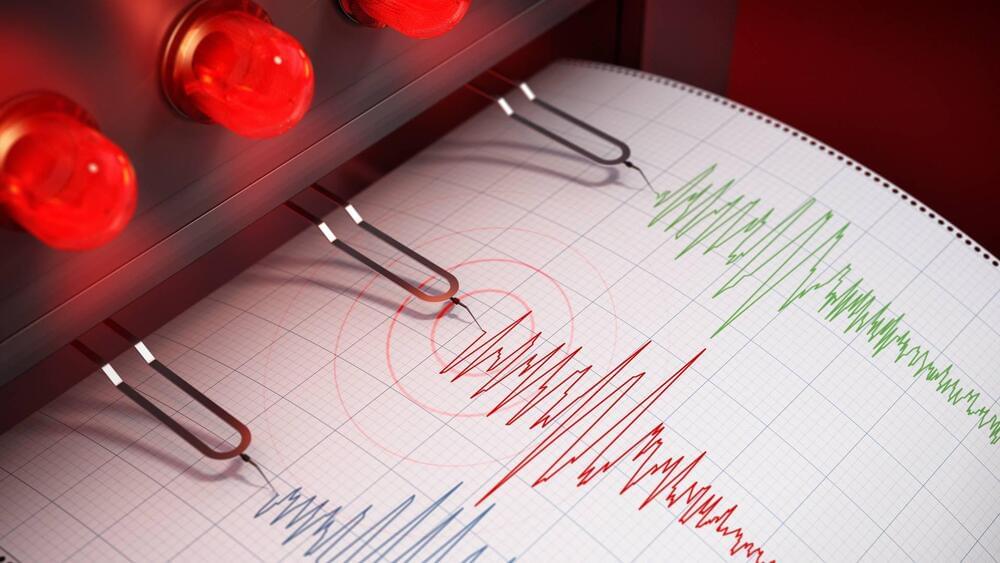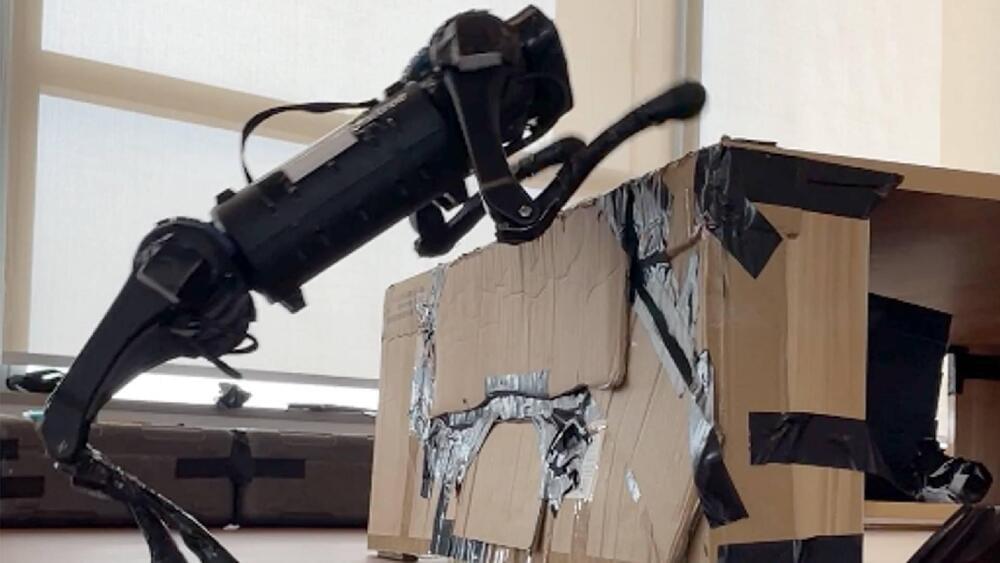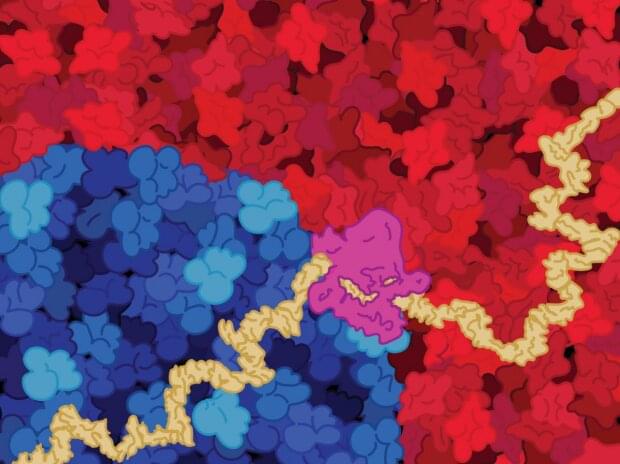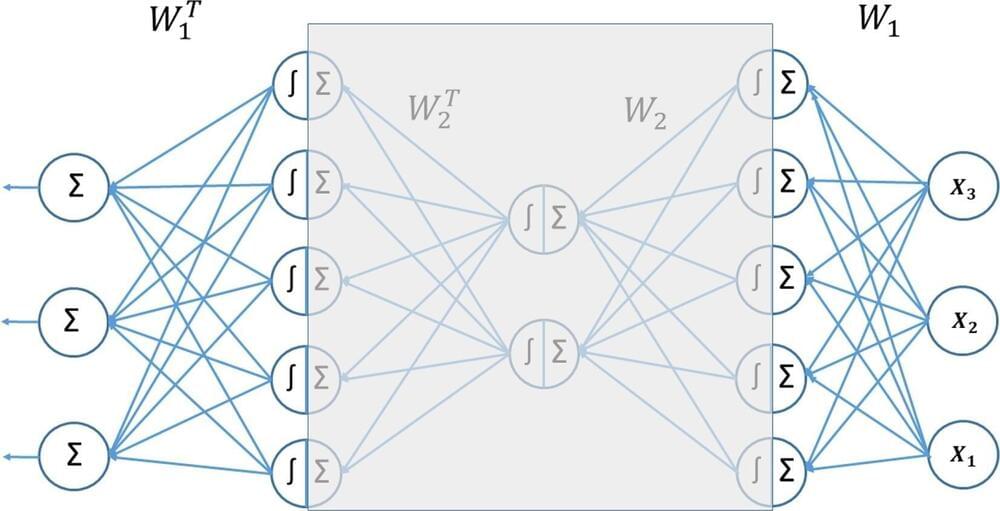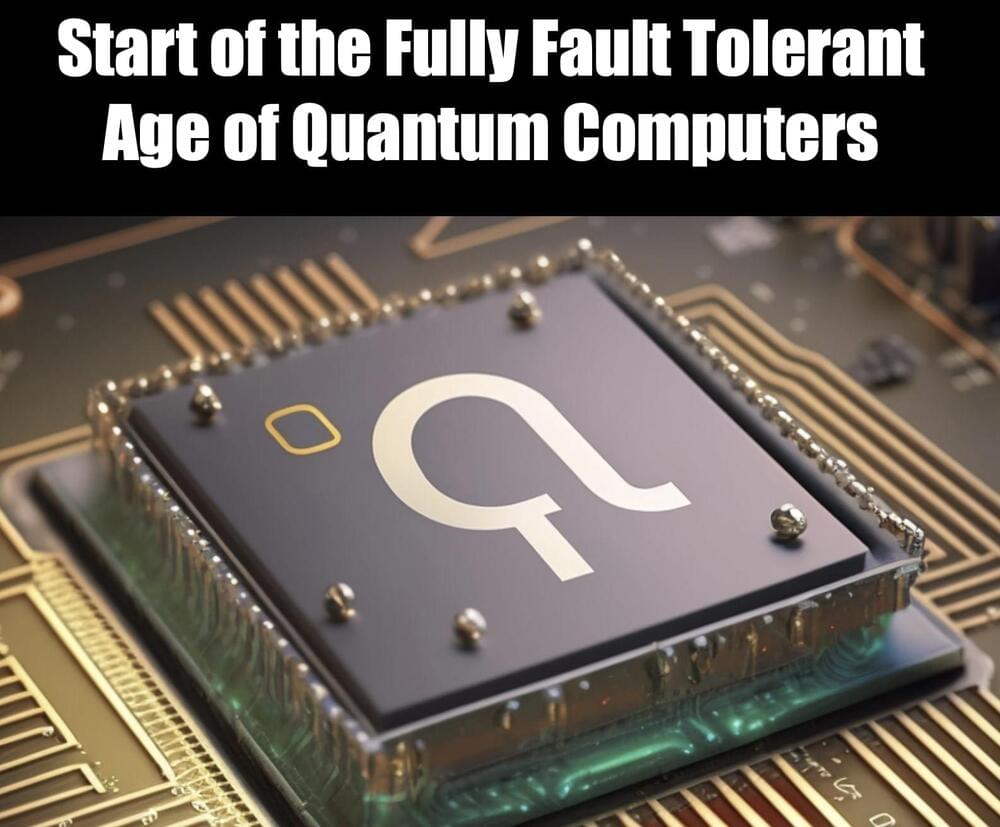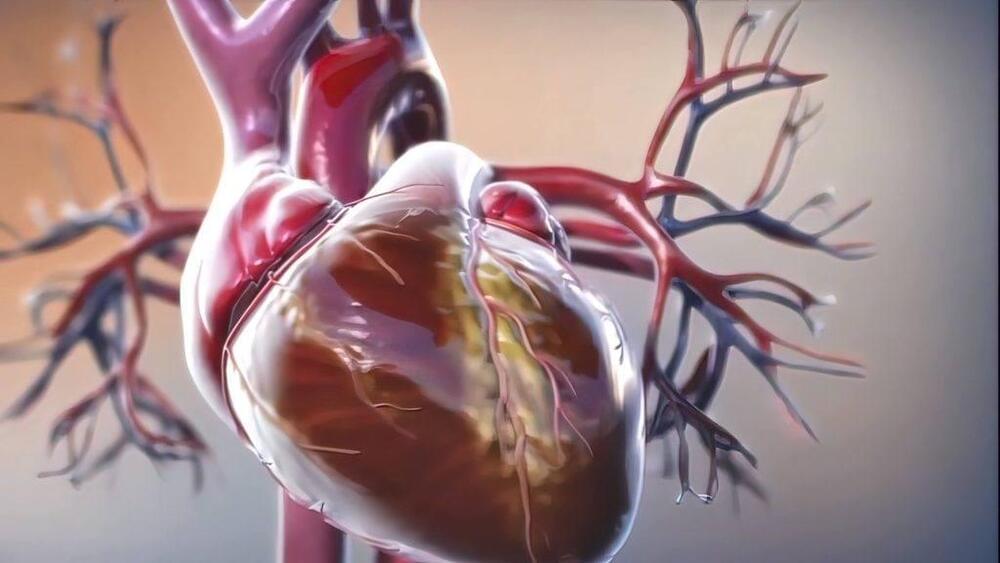Algorithmic governance covers the rules and practices for the construction and use of algorithms embedded in AI technologies. But how should these be applied?
Category: information science – Page 69
Speech BCIs that use brain implants and algorithms to translate brain signals into text are changing the lives of people with paralysis.
The system only flagged eight false warnings and missed one earthquake.
High precision and accuracy in earthquake prediction continues to be a key scientific challenge, and artificial intelligence (AI) has been investigated as a technique to enhance our capabilities in this crucial area.
This is because AI can analyze large datasets of seismic activity and identify patterns or anomalies that human analysts might miss. Machine learning algorithms can thus help researchers understand earthquake patterns better.
There’s a new kind of robot dog in town and it gets its prowess from an artificial intelligence (AI) algorithm.
An AI algorithm for a brain
The new vision-based algorithm, according to AI researchers at Stanford University and Shanghai Qi Zhi Institute who lead these efforts, enables the robodogs to scale tall objects, jump across gaps, crawl under low-hanging structures, and squeeze between cracks. This is because the robodog’s algorithm serves as its brain.
A team of New York University computer scientists has created a neural network that can explain how it reaches its predictions. The work reveals what accounts for the functionality of neural networks—the engines that drive artificial intelligence and machine learning—thereby illuminating a process that has largely been concealed from users.
The breakthrough centers on a specific usage of neural networks that has become popular in recent years—tackling challenging biological questions. Among these are examinations of the intricacies of RNA splicing—the focal point of the study—which plays a role in transferring information from DNA to functional RNA and protein products.
“Many neural networks are black boxes —these algorithms cannot explain how they work, raising concerns about their trustworthiness and stifling progress into understanding the underlying biological processes of genome encoding,” says Oded Regev, a computer science professor at NYU’s Courant Institute of Mathematical Sciences and the senior author of the paper, which was published in the Proceedings of the National Academy of Sciences.
One of the most fascinating implications of Einstein’s famous equation E=mc2 is that matter and energy are interchangeable.
Researchers from the University of Jyväskylä were able to simplify the most popular technique of artificial intelligence, deep learning, using 18th-century mathematics. They also found that classical training algorithms that date back 50 years work better than the more recently popular techniques. Their simpler approach advances green IT and is easier to use and understand.
The recent success of artificial intelligence is significantly based on the use of one core technique: deep learning. Deep learning refers to artificial intelligence techniques where networks with a large number of data processing layers are trained using massive datasets and a substantial amount of computational resources.
Deep learning enables computers to perform complex tasks such as analyzing and generating images and music, playing digitized games and, most recently in connection with ChatGPT and other generative AI techniques, acting as a natural language conversational agent that provides high-quality summaries of existing knowledge.
Likewise, the company behind an app that can recommend your next TV binge, movie to watch, podcast to stream or book to read, is out today with its own entertainment-focused AI companion, Pix. Built using a combination of Likewise’s own customer data and technology from partner OpenAI, Pix can make entertainment recommendations and answer other questions via text message or email, or by communicating with Pix within the Pix mobile app, website or even by speaking to Pix’s TV app using a voice remote.
Founded in 2017 by former Microsoft communications chief Larry Cohen with financial backing from Bill Gates, the recommendations startup aims to offer an easy way for people to discover new TV shows, movies, books, podcasts and more, as well as follow other users and make lists of their favorites to share. While today, recommendations are often baked into the streaming services or apps we use to play our entertainment content, Likewise maintains a registered user base of more than 6 million, and over 2 million monthly active users.
To build Pix, the company leveraged around 600 million consumer data points along with machine learning algorithms, as well as the natural language processing technology of OpenAI’s GPT 3.5 and 4. To work, the AI chatbot learns the preferences of the individual user and then provides them with personalized recommendations — similar to Likewise itself. In addition, the bot will reach out to users when new content becomes available that matches their interests.
Without full fault tolerance in quantum computers we will never practically get past 100 qubits but full fault tolerance will eventually open up the possibility of billions of qubits and beyond. In a Wright Brothers Kittyhawk moment for Quantum Computing, a fully fault-tolerant algorithm was executed on real qubits. They were only three qubits but this was never done on real qubits before.
This is the start of the fully fault tolerant age of quantum computers. For quantum computers to be the real deal of unlimited computing disruption then we needed full fault tolerance on real qubits.
ROCHESTER, Minn. — A recent study based on real-world community patient data confirms the effectiveness of the Pooled Cohort Equation (PCE), developed by the American Heart Association and the American College of Cardiology in 2013. The PCE is used to estimate a person’s 10-year risk of developing clogged arteries, also known as atherosclerosis, and guide heart attack and stroke prevention efforts. Study findings are published in the Journal of the American College of Cardiology.
The new study highlights to patients and clinicians the continued reliability and effectiveness of the PCE as a tool for assessing cardiovascular risk, regardless of statin use to lower cholesterol.
The PCE serves as a shared decision-making tool for a clinician and patient to evaluate their current status in preventing atherosclerotic cardiovascular disease. The calculator considers input in the categories of gender, age, race, total cholesterol, HDL cholesterol, systolic blood pressure, treatment for high blood pressure, diabetes status, and smoking status.

